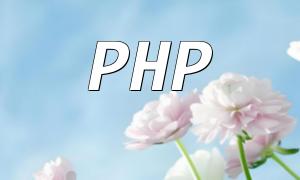Image processing is an essential part of web development. To improve page loading speed and user experience, resizing images is a common requirement. PHP, as a powerful server-side scripting language, includes the GD library which efficiently handles image-related tasks. This article will guide you on how to resize JPEG images using PHP.
The GD library is a PHP extension for image processing that supports creating and modifying multiple image formats. Before use, ensure that the GD library is installed and enabled properly. You can check the PHP configuration file for the following line:
extension=gd
If this line is commented out, simply remove the semicolon at the beginning and restart the server to activate it.
The GD library offers several functions for image manipulation. The key functions for resizing JPEG images include:
Here is a sample usage of these functions:
$sourceImage = imagecreatefromjpeg('path/to/source.jpg');$targetImage = imagescale($sourceImage, $targetWidth, $targetHeight);
imagejpeg($targetImage, 'path/to/target.jpg');
Where $targetWidth and $targetHeight are the desired dimensions.
// Create source image resource
$sourceImage = imagecreatefromjpeg('path/to/source.jpg');
// Set target dimensions
$targetWidth = 800;
$targetHeight = 600;
// Perform the scaling operation
$targetImage = imagescale($sourceImage, $targetWidth, $targetHeight);
// Save the resized image
imagejpeg($targetImage, 'path/to/target.jpg');
Using PHP's GD library, resizing JPEG images is straightforward and efficient. Once the GD extension is enabled, load the image with imagecreatefromjpeg(), resize it with imagescale(), and save it using imagejpeg(). Adjust the target width and height based on your specific needs to optimize website performance and enhance user experience.









